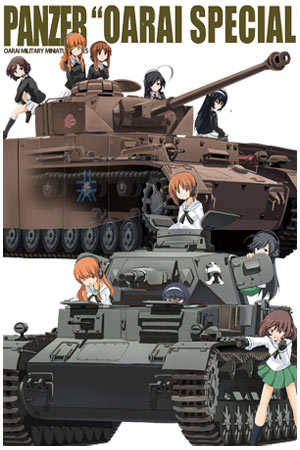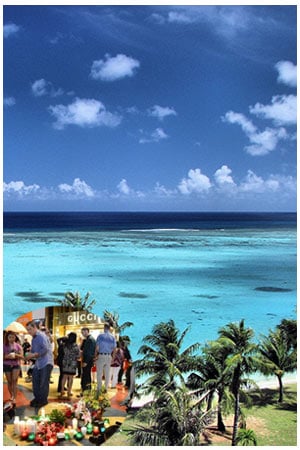You never, as they say, forget your first, and I’ve found this goes for studying kanji, too. While the first kanji I was consciously able to read was 子 ko meaning child, commonly seen in girl’s names like Keiko or Aiko, I’d been exposed to another famous kanji character from a very young age without realizing it. In Star Blazers, the (pretty awesome) 1979 English dub of the classic space opera Space Battleship Yamato, the character Dr. Sane sits around drinking “Captain Avatar’s spring water” while laughing, dancing and otherwise making merry, but it wasn’t until I started studying Japanese that I could read the 酒 sake character clearly printed on his bottle. Another kanji that I learned early on became one of my favorites: 道, michi with its Japanese reading and doh using its Chinese reading. Literally meaning “road” “way” or “path,” this character is used in such names as Hokkaido (“the northern sea route”) and Tokaido (the great road from Edo/Tokyo to Kyoto). The 道 character is also used in traditional Japanese arts like 茶道 sa-doh (“the way of tea,” e.g. tea ceremony) and 書道 sho-doh (“the way of writing,” or brush calligraphy) as well as martial arts like 柔道 judo (“the gentle way”) and 空手道 karate-do (“the way of the empty hand”). In the new moe anime Girls und Panzer, they create a fictional 戦車道 sensha-do, or the Way of the Tank, the ancient art of piloting a WWII era German tank. (Why not?) If you like kanji, we’ve still got stock of our 2013 kanji character, one of my favorites.

Girls und Panzer and the “Way of the Tank.”















